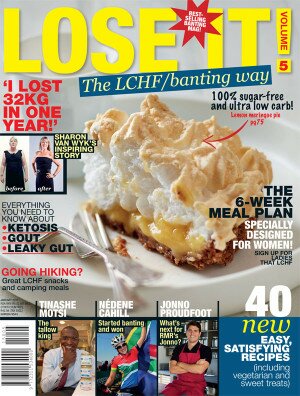-
Grub’s Up!
Man is what he eats – most of us mere mortals are fully aware of this adage – but what about the eating habits of your dog or cat?
29 October 2014
Every prospective pet owner has to make many important decisions. However, the most important consideration is what type of food to feed your pet. One thing’s for sure, the days of porridge for breakfast and porridge for dinner are long gone!
Start Properly
- The best time to cultivate good eating habits in pets is when they’re still very young.
- Stick to one type of food and feed it the correct amount twice a day, rather than putting out a pile of food to last the whole day.
- If your pet becomes fussy, the last thing you want to do is fall for it. If you’re quite sure nothing is wrong physically and if after an hour Rover has still not touched his food, simply take it away.
- Whatever you do, don’t go down on your hands and knees and try to coax your pet into eating. Animals see this as a form of entertainment – the Americans call it ‘dinner and a show’.
Choices, Choices
Choosing the right food can be quite a headache – supermarket and veterinarian shelves are filled with pellets, tins, ‘gourmet’ meals and a bewildering array of pet snacks. Generally, vets will discourage you from buying cheap, generic pet food or ‘no-name’ brands, as these are often made from ingredients of inferior quality. It is often not nearly nutritious enough, and, what’s more, you need to feed bigger helpings before Kitty will be satisfied enough to take a nap.- The best option is to buy the so-called ‘premium’-type foods that are available from your vet. Although these brands are more expensive, they’re made from the very best ingredients and provide a balanced diet.
- Manufacturers also make provision for animals with special needs, such as kittens and puppies, overweight pets and older pets.
- The biggest advantage of a good diet for animals is that they live much longer – these days it is not unusual for a cat to live to 20 years or even longer. Big dogs can easily live to 10 or 12 years.
- Even if you think that dry food is a measly offering, it’s the best diet any cat or dog can wish for. It doesn’t stick to their teeth like wet food does; instead it cleans the mouth, which means your pet will keep its teeth longer into its old age.
If you can’t afford these more expensive brands, most well-known brands available from supermarkets should be adequate, but always read the label and buy food to suit your pet’s age. Once again, ask your vet.
Water
All cats and dogs require plenty of water!- Cats drink less – about 2ml for each gram of dry food – but, because of this, they run the risk of developing kidney stones.
- Dogs, on the other hand, can drink up to 6% of their body weight within one hour.
It is essential that your pets always have access to enough clean, fresh water.
Words and image: Home magazine







